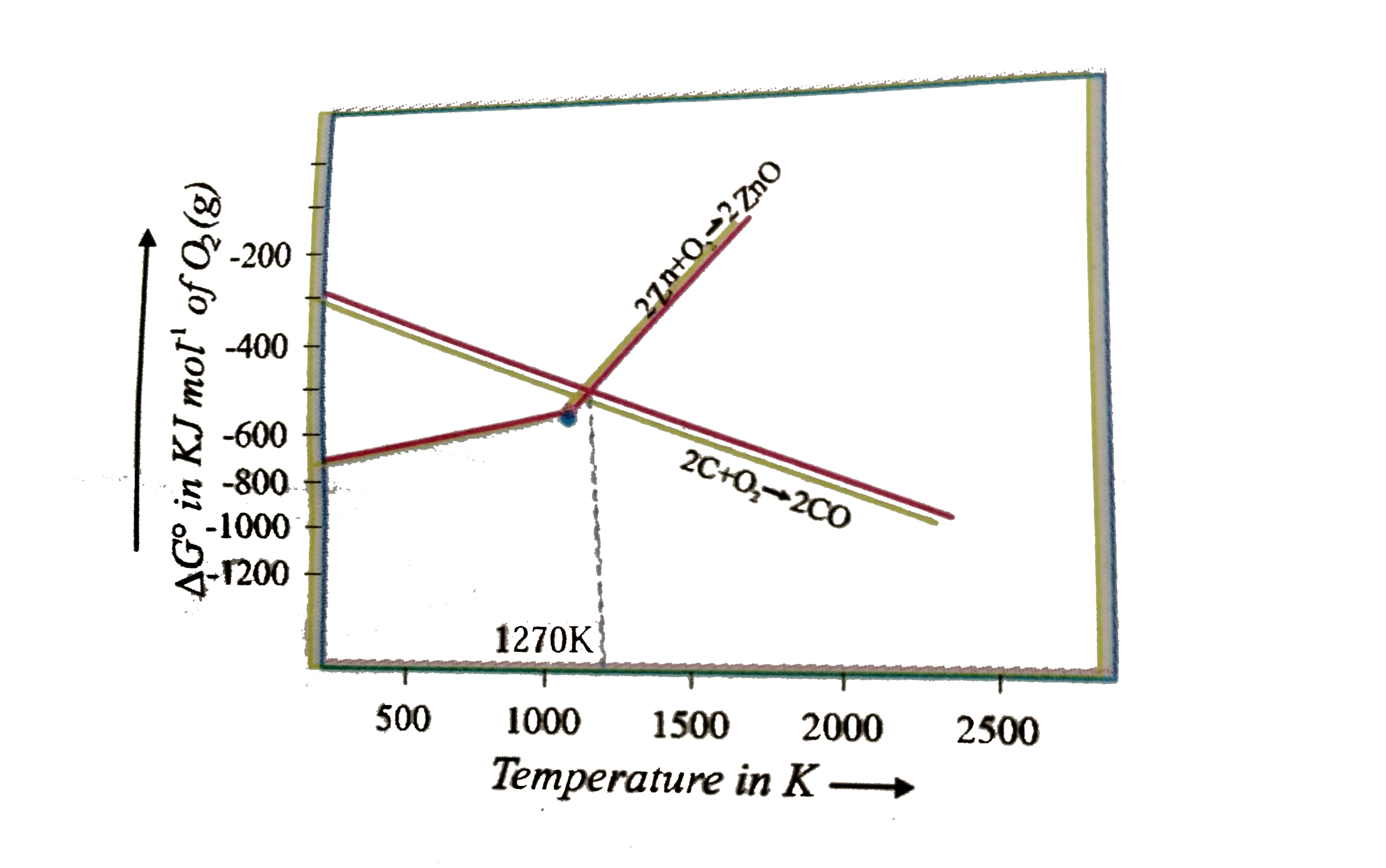The correct statement(s) regarding defects in solids is (are)
Frenkel defect is usually favoured by a very small difference in the sizes of cation and anion
Frankel defect is a diclocation defect
Traping of an electron in the lattice leads to the formation of F - centre
Schottky defects have no effect on the physical properties of solids
The correct Answer is:B, C
To solve the question regarding the correct statements about defects in solids, we will analyze each option provided and determine its validity based on our understanding of solid-state chemistry.
1. Understanding Frenkel Defect:
- The Frenkel defect occurs when an ion (cation or anion) leaves its lattice site and occupies an interstitial site.
- This defect is typically favored when there is a large difference in size between the cation and anion.
Evaluation of Statement 1:
- The statement claims that the Frenkel defect is favored by a very small difference in size of cation and anion. This is incorrect.
- Conclusion: Statement 1 is false.
2. Dislocation Effect in Frenkel Defect:
- Since the Frenkel defect involves the movement of ions from their lattice positions to interstitial positions, it can indeed be described as a dislocation effect.
Evaluation of Statement 2:
- The statement claims that the Frenkel defect is a dislocation effect. This is correct.
- Conclusion: Statement 2 is true.
3. Formation of F-Centers:
- F-centers are formed when an electron occupies an anion vacancy in a crystal lattice. This typically occurs when an anion is missing, and the electron is trapped in that vacancy.
Evaluation of Statement 3:
- The statement claims that trapping of an electron in the lattice leads to the formation of F-centers. This is correct.
- Conclusion: Statement 3 is true.
4. Schottky Defect and Physical Properties:
- The Schottky defect involves the removal of equal numbers of cations and anions from the lattice, which results in a decrease in the total mass of the solid and consequently affects its density.
Evaluation of Statement 4:
- The statement claims that the Schottky defect has no effect on physical properties. This is incorrect because the defect does affect the density and other physical properties of the solid.
- Conclusion: Statement 4 is false.
Final Conclusion:
The correct statements regarding defects in solids are:
- Statement 2: The Frenkel defect is a dislocation effect.
- Statement 3: Trapping of an electron in the lattice leads to the formation of F-centers.
- The Frenkel defect occurs when an ion (cation or anion) leaves its lattice site and occupies an interstitial site.
- This defect is typically favored when there is a large difference in size between the cation and anion.
- The statement claims that the Frenkel defect is favored by a very small difference in size of cation and anion. This is incorrect.
- Conclusion: Statement 1 is false.
- Since the Frenkel defect involves the movement of ions from their lattice positions to interstitial positions, it can indeed be described as a dislocation effect.
- The statement claims that the Frenkel defect is a dislocation effect. This is correct.
- Conclusion: Statement 2 is true.
- F-centers are formed when an electron occupies an anion vacancy in a crystal lattice. This typically occurs when an anion is missing, and the electron is trapped in that vacancy.
- The statement claims that trapping of an electron in the lattice leads to the formation of F-centers. This is correct.
- Conclusion: Statement 3 is true.
- The Schottky defect involves the removal of equal numbers of cations and anions from the lattice, which results in a decrease in the total mass of the solid and consequently affects its density.
- The statement claims that the Schottky defect has no effect on physical properties. This is incorrect because the defect does affect the density and other physical properties of the solid.
- Conclusion: Statement 4 is false.
The correct statements regarding defects in solids are:
- Statement 2: The Frenkel defect is a dislocation effect.
- Statement 3: Trapping of an electron in the lattice leads to the formation of F-centers.
Topper's Solved these Questions
- SOLID STATEBook:FIITJEEChapter:SOLID STATEExercise:MATCHING TYPE SINGLE CORRECT QUESTION
Explore 3 Videos
- SOLID STATEBook:FIITJEEChapter:SOLID STATEExercise:SINGLE INTEGER ANSWER TYPE QUESTION
Explore 3 Videos
- SOLID STATEBook:FIITJEEChapter:SOLID STATEExercise:SOLVED PROBLEMS (OBJECTIVE) MATRIX - MATCH TYPE
Explore 2 Videos
- QUALITATIVE ANALYSIS Book:FIITJEEChapter:QUALITATIVE ANALYSIS Exercise:Single interger answer type
Explore 3 Videos
- STOICHIOMETRY AND BALANCING REDOX REACTION Book:FIITJEEChapter:STOICHIOMETRY AND BALANCING REDOX REACTION Exercise:SINGLE INTEGER ANSWER TYPE QUESTIONS
Explore 5 Videos
Similar Questions
Knowledge Check
The correct statements regarding defects in solids are
AFrenkel defect is usually favoured by a very small difference in the sizes of cation an anionBFrenkel defect is a dislocation defectCtrapping of an electron in the lattice leads to the formation of F-centerDSchottly defects have no effect on the physical properties of solids.The correct statement regarding defects in solids is
AFrenkel defect is usually favoured by a very small difference in the sizes of cation and anionBFrenkel defect is a dislocation defectCtrapping of protons in the lattice leads to the formation of F-centreDSchottky defects increase the density of crystal solids.The correct statement(s) regarding defects in solids is (are)
AFrenkel defects are usually favoured by a very small differences in the sizes of the cation and anionBFrenkel defect is a dislocation defectCTrapping of an electron in the lattice leads to the formation of F-centreDSchottky defects have no effect on the physical properties of solids
The incorrect statement regarding defects in crystalline solids is
View SolutionThe correct statement regarding defects in crystalline solids is
View SolutionCorrect statement(s) regarding the graph

View SolutionCorrect statement(s) regarding the graph

View SolutionThe correct statement regarding defects in crystalling solids.
View Solution

